Photographing in low light is often accomplished using a long shutter speed. To be able to use faster shutter speeds, you need lenses with wider apertures or shoot at a higher ISO. But what if you use a regular lens and shoot at a low ISO setting? Of course, you will have to use a slow shutter speed but it should not stop you from photographing for the fear of getting all blurry shots. In such low light situations, you can take advantage of the slower shutter speeds to capture some amazing images which you wouldn't otherwise have been able to shoot under ‘normal' lighting.
Slower shutter speeds can be used for variety of purposes, from mystical portraiture to light motion and painting. Let’s go through a few examples and techniques:
1. Mystical (Smudged) Portraiture
What you really need is a flash synced to second curtain, for your model to move, then freeze in order to create the necessary impression. For this you need a longer shutter speed (around a second would suffice) and you will need a tripod, and a location with few lights that creates a dark and dramatic scene and one light that shines upon the model. You often see this kind of technique in horror movies where demons possess a human body. Syncing a flash to the second curtain will allow you to make a regular portrait with healthy amount of ambient light. All this can even be done with the pop-up flash shot through a piece of paper.
Photo by philip.bitnar
2. Light Trails
This can be fun. But at the same time it can be very difficult to accomplish since you need to wait for something to generate light trails, such as cars, buses and so on. All you need to do is set up your camera on a tripod, frame the scene and wait. When you see something that generates light and is moving towards your frame, release the shutter. This is also very cool for nighttime landscapes where the light trails are created by stars or fire flies, or both (if you are really lucky)
Photo by Andrew._Griffin
3. Motion
As mentioned before, longer shutter speeds tend to blur things up, therefore you can use stabilized lens with those shutter speeds to induce motion in the images. For example if you photograph a ballet dancer while doing a pirouette, freezing the action is cool, but letting it blur a bit makes it even cooler by inducing the feeling of motion. Then that image becomes a bit more than just a regular shot of a dancer.
This also works with panning, as you need slower shutter speeds anyway, so you can use that to your advantage and create night time panning shots which is also very cool.
Photo by kohlmann.sascha
4. Zoom and Twist
Longer shutter speeds with flash synced on second curtain can be used in combination with the zoom in order to create light trails which lead towards the center of the image. Or you can spin your camera to create circular trails of light which wrap around the center of the image. If you have ninja abilities, you can even do both at the same time and create a vortex of light spinning towards the center of the image. Wicked, right?
Photo by dhilung
5. Ghosting
Moving subjects which are not reflecting more light than the background will appear semi transparent with longer shutter speeds. The shorter they stay in the frame the more transparent they appear. This can be used in so many different ways: you can use it to fake ghost images, or in crowded areas to generate motion and sense of tension. This will require having your camera up on a tripod because you will want to have the background not smudged by motion.
Photo by nadineheidrich
6. Light painting
As I have written before, longer shutter speeds in low light conditions can be used to paint with light. Everything is your canvas, so just bring out a torch and start painting. You can shine the torch towards the lens in order to create relatively thin lines and write, or you can shine the torch towards objects and light them up as you want. You can also create cool images with smaller sources of light moving in erratic fashion.
Photo by artwork_rebel
If you are looking for a challenge, you can mix more than one of these techniques to achieve cool effects. The trick is that it requires perfect timing, nicely thought out set up and quite long process of trial and error. Any of these fun little projects are great for times when you are bored at home and have nothing better to do.

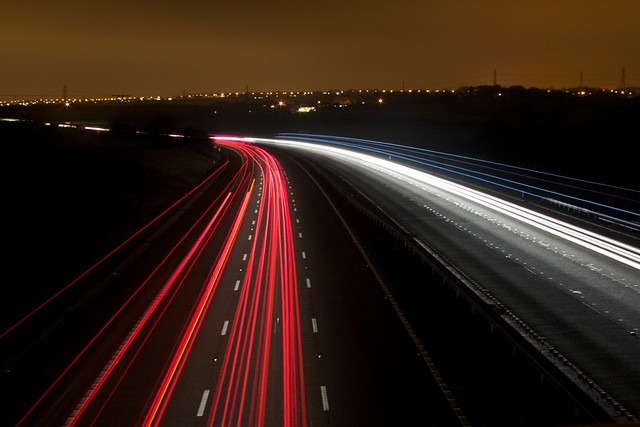
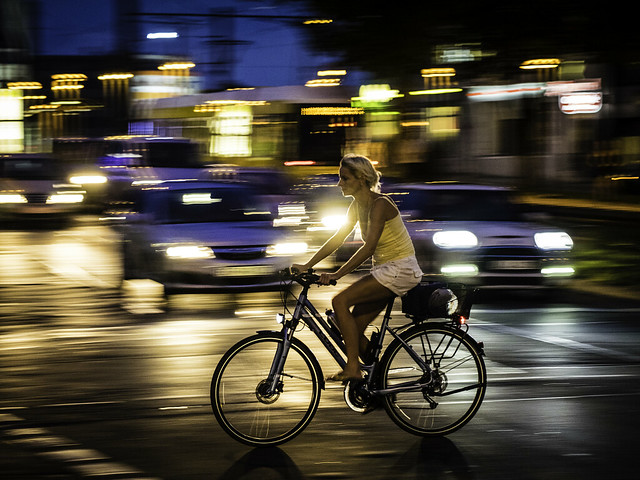
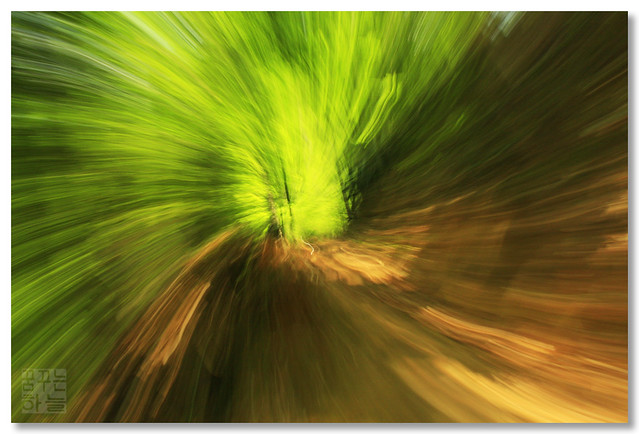
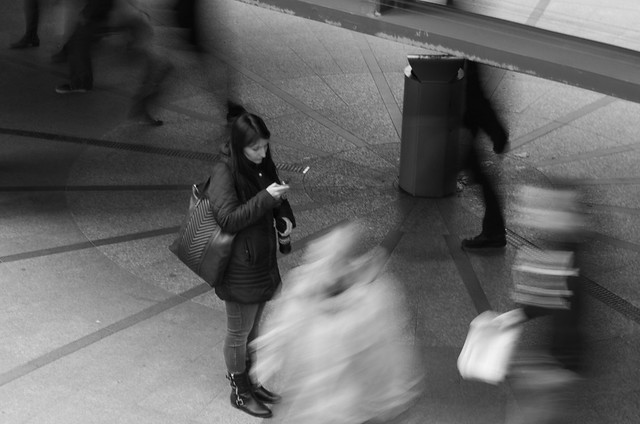
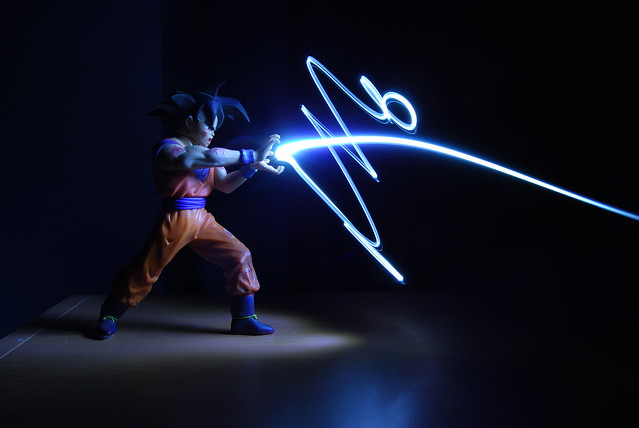





3 Comments
Very nice ideas. Inspires me to test a few out. Thanks for sharing.
Thanks for sharing your thoughts, ides and processes. Really appreciate it.
I love the light painting, I will definitely be trying that!